Artist and author
Adalgisa Campos draws to see, to understand, to explore, to carry out investigations, and to solve problems that have arisen through the attentive repetition of the drawing gestures themselves. Her method is a philosophical outlook that embraces a state of continual searching rather than a prescribed procedure or set of steps with which to achieve a final outcome. What we see is evidence of the imposition of a certain system that she undertakes for each investigation – an induction of an essential tension between openness and limits, uncertainty and action, object and subject, and searching and resolution. She is not recording a moment in time, capturing a likeness, or abstracting an ideal; rather, the drawings trace gestures and actions undertaken over time in an investigation. These actions, whether drawing, tearing, painting or collecting, are the work, and as she undertakes them she discerns, from the work, what will follow. It is, she says, “all a matter of presence.”
This idea of presence permeated each of the projects that she undertook during her residency at Est-Nord-Est: an engagement with the space of the old Est-Nord-Est just before it was demolished; her treatment of the piles of art magazines that she scavenged from the old building (systematically drawing over all but the artist’s faces from one set of torn-out pages, drawing over all but the words “New Paintings” from another); the drawing of her body, the system for which she began in Brazil; her water (mer, fleuve, lac) drawings/investigations; and the “dialogue booklets” that she brought from Brazil to share with groups associated with Est-Nord-Est.
Campos is passionate, articulate, and generous in her explanation of her process and her influences. She describes how encountering postmodern dance and Rosalind Krauss’s 1978 essay “LeWitt in Progress” when she moved to France from Brazil more than twenty years ago profoundly transformed her practice. Postmodern dance, and its broadening of the concept of dance to include everyday movement and improvisation, reconnected her with the pleasure of movement. Although gesture “doesn’t have to be dramatic or an index of subjectivity,” Campos explains, “you must be there really facing doubts.” This, together with the logical but irrational systems that are, as Krauss detailed in her essay, at the core of Sol LeWitt’s art, resonated deeply with Campos. Campos herself creates systems out of compulsion – “method in this madness,” as Krauss called it. [1] In these ideas, Campos found a “fertile place from which to depart” – aware, responsive, and present.
- Rosalind Krauss, “LeWitt In Progress,” October 6 (Autumn, 1978): 56, https://www.jstor.org/stable/778617.
Discover
Newsletter
Keep up to date with the latest news!




